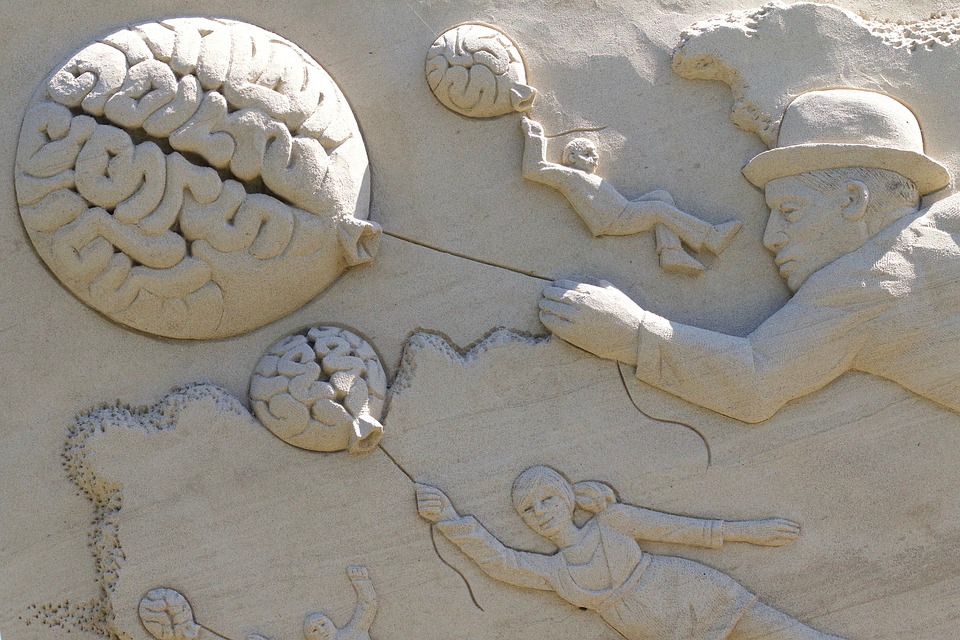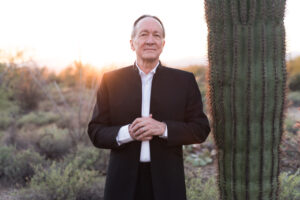Meditation and the Science of Breath
By Dr. John Kroeker, Neurophysiologist and iamHeart Teacher
“Breath is the first lesson, and it is also the last.”
The Physiology of Breath and Consciousness
So here’s the thing. Your mind is not your brain. In fact, your brain is not your brain, or at least it’s only part of it. Tucked under the cortex we think we think with, are all the old brains, the hind-brains, the core structures of living and emoting and paying attention — and breathing. And these brains in our skulls are continuous with the intelligence of the spinal cord, again encased in its own protective skeleton. But there are major nerve trunks and nuclei outside the spine, notably the vagus (or wandering) nerve that goes to the heart and organs.
And it doesn’t stop there. Our endocrine and immune systems are also massive processors of intelligence and information, although the information is coded in biochemical structures, not in fleeting electrical impulses. And more and more we find out that the internal community of commensal biota we carry in our gut, skin, and elsewhere participate in our emotions, urges, and being. This community brings in ancient lore coded in its own DNA — more information.
We are each an enormous, barely-explored, interconnected network of information ebbs and flows — and of memories and of conflicts and of successes and of promises for the future.
Why should the breath be the gateway to consciousness of this new internal world?
First of all, turning the attention to the breath redirects our normally outward-directed attention (which therefore neglects the self, or consciousness of the self) to the most prominent, recurring, ever-present activity of being and being alive — breathing.
Second, especially with a lengthening of the breath, there is an immediate neuroendocrine change of state, from the sympathetic to the parasympathetic systems. This feels like stillness or peace or calmness, which is quite nice, but it is also a radical lowering of the noise level. Lowering the noise level is the universal need for super-listening, and this is why the big space telescopes are often supercooled, and why there are cryogenically cooled receivers in cell-phone towers.
With stillness, now we can listen. Now we can hear. Now we are ready to begin to explore the inner world of awareness. It is a good beginning, stillness– but only the beginning.
Enter the Heart
We find with practice that we can pay attention to multiple things, and that we can maintain that attention. Maintaining attention, by the way, is sometimes called concentrative meditation (as opposed to undirected). We can concentrate in this way on any object, person, or quality, but attending to the critical activity of our existence– breathing– creates an internal resonance that is powerfully opening.
The heartbeat is the other essential rhythm of our life. In fact, in embryo, we are at first only a simple heart, before the rest of us grows, so the heartbeat predates our consciousness.
Heartbeat and breath are physiologically linked. The heart sits between the lungs, and these systems have a wonderfully coordinated approach to the business of pumping and circulation. The rhythm and form of the breath affects the beats of the heart, and the heart rate rises and falls with each breath– this is known as HRV or Heart Rate Variability. This beat-rate is the song of the heart, and this beat song is also strongly affected by our emotional state and physiological stance. The song of the heart affects our emotions and physiological state in the reverse direction. To summarize: we can affect the breath, which affects the heartsong, which affects the emotions and health. Simple physiology here.
Not surprisingly, iamHeart specializes in concentrating on the heartbeat as well as breath. A dual attention to heart and breath, and the careful attunement of their harmony, creates a more powerful gateway to awareness, consciousness and being.
John Kroeker, PhD is a scientist and an iamHeart Meditation Teacher. He received his doctorate in neurophysiology from Cornell University, researched neuromathematics at CalTech, and became an entrepreneur applying speech recognition to health care services. He is currently researching sound-imaging in dolphins and sits on the Board of Directors at iamHeart.




